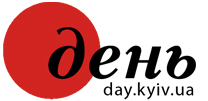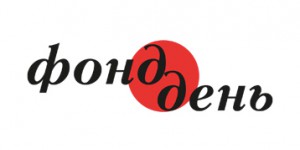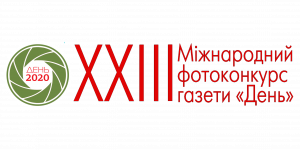I started taking deeper interest in the Republic of Korea a few weeks before my trip to Seoul, where the international summit on nuclear security took place at the end of March. So, I looked through some background materials about this country. First of all, I was shocked by the fact that the population of the Republic of Korea outnumbers the population of Ukraine by two million people.
I have already known that ship building, machine building, and electronic industry are highly developed in South Korea. One can see Samsung home appliances almost at every Ukrainian house, and Hyundai cars became rather popular recently.
Some of my colleagues journalists who have been to South Korea in the middle of the 1990s claimed they had a taste of dog meat there.
Of course, just a few days of being in a foreign country is not enough to see it in a proper perspective. Especially if one has a task of keeping track of things that happen at a summit or any other large international forum. But nevertheless, some impressions of the country and its citizens can still be obtained, if the observer’s eyes are opened wide, of course.
It all begins with the entrance. In my case, it was Seoul Incheon International Airport. This is probably one of the best airports in the world, if not the best one. It resembles the US airports very much, particularly because of the water fountains, an everpresent feature at all American airports.
Unlike European airports, all shops at Incheon airport close at 9 p.m., except for a cafe or two.
You could sense American influence in Seoul. The city is full of rectangular buildings made of concrete and glass.
There were a lot of construction sites along the seashore on the way to Seoul. The worker of the Ukrainian Embassy explained that South Koreans are going to raise apartment buildings there, since there is a tremendous lack of them in the country.
Seoul is truly an enormous city. Its buildings are adorned with Korean hieroglyphs, and only few cafes have English or French signs. There are a lot of outside food joints, where food is prepared right in front of the customers. There is even a special kind of rare insects that is grown to be cooked at such places.
By the way, I have not seen dogs in Seoul. But at the same time, nobody offered me to try dog meat, though some experts from the journalist pool stated that somewhere here was a place where dogs were bred for gourmets. Despite the fact that all American movies in South Korea have subtitles instead of full dubbing, I had the impression that Koreans do not speak English well. I had to catch a cab twice, and both times elderly drivers looked at the business card that had Korean address on it and then keyed it into their GPS devices. Or I had to show the place on the map.
But what attracts attention the most is what Koreans associate with red color. It is the same for them, as green is for us. For example, if the elevator reaches your floor, red light goes on. And red color means that the cab is available.
The way Koreans promote their country is also remarkable. The exhibition center where the summit took place also was filled with pavilions that would tell about South Korea’s achievements in the area of nuclear energy as well as with the country’s history. The culture and tourism pavilion received the most attention from visitors. There they could try on the national clothes of different strata of the medieval Korea and get their picture taken for free. I fancied the emperor’s robes and asked them to take a picture of me with my camera.
A lot of books about this country in various European languages were given out for free. I received 50 Wonders of Korean Art and Science and Stories about Son’s Love, Faithfulness, Reverence, and Sympathy from Korean History and Folklore in French. It is remarkable that the books were published within the project of Korean spirit and culture promotion.
The calligraphy booth attracted me as well. I had my first and last names, and my job position written in Korean. In return, they asked me to write the same in Ukrainian, which I gladly did. The South Koreans said that Ukrainian names are very complicated for them. By the way, people of the Korean Republic like to take pictures with the Europeans, just like the majority of the Eastern nations. A South Korean journalist asked me to be in a picture with her.
Koreans are no different from Europeans in the streets, they dress the same. South Korean etiquette, for example, bows, can only be noticed at official meetings, when people who hold lower positions bow to those who hold superior ones. I witnessed this when the heads of Hyundai corporation bowed to the President of Ukraine Viktor Yanukovych before the beginning of the negotiations in Seoul. In order to understand what kind of bowing was that, one should recall the way Minister Tabachnyk bowed to Yanukovych during the visit of the president of Turkmenistan to Ukraine.







